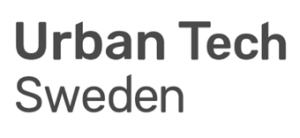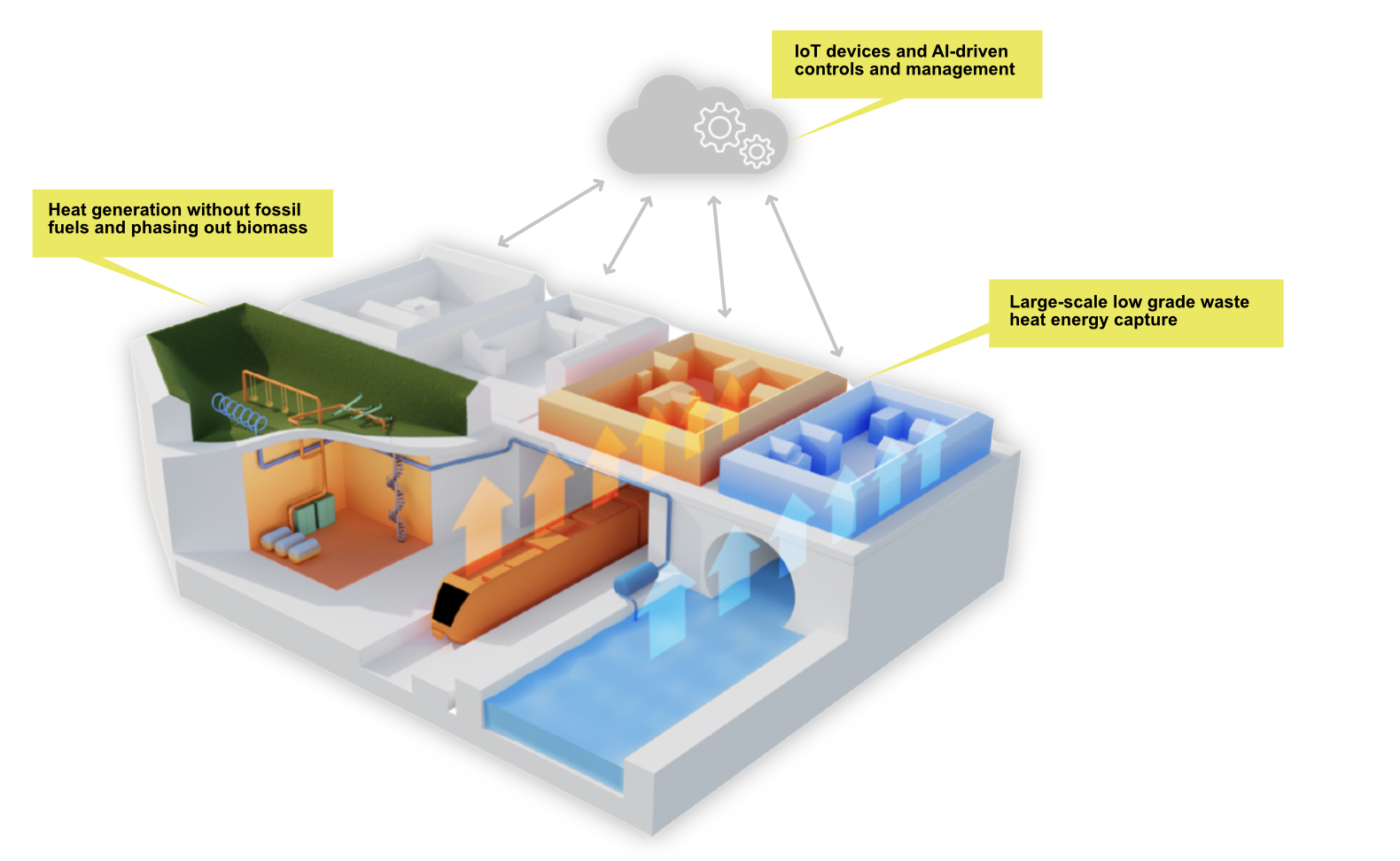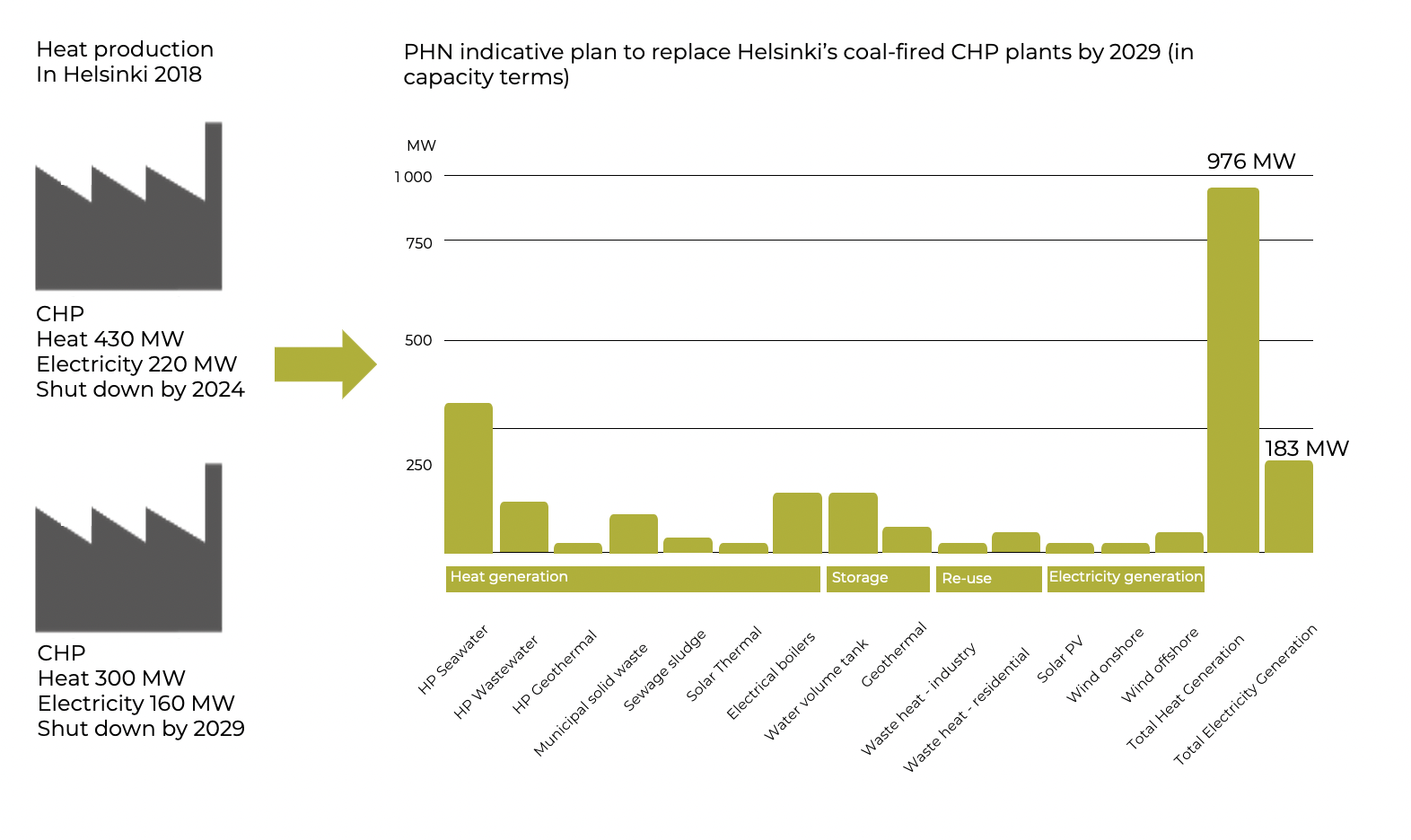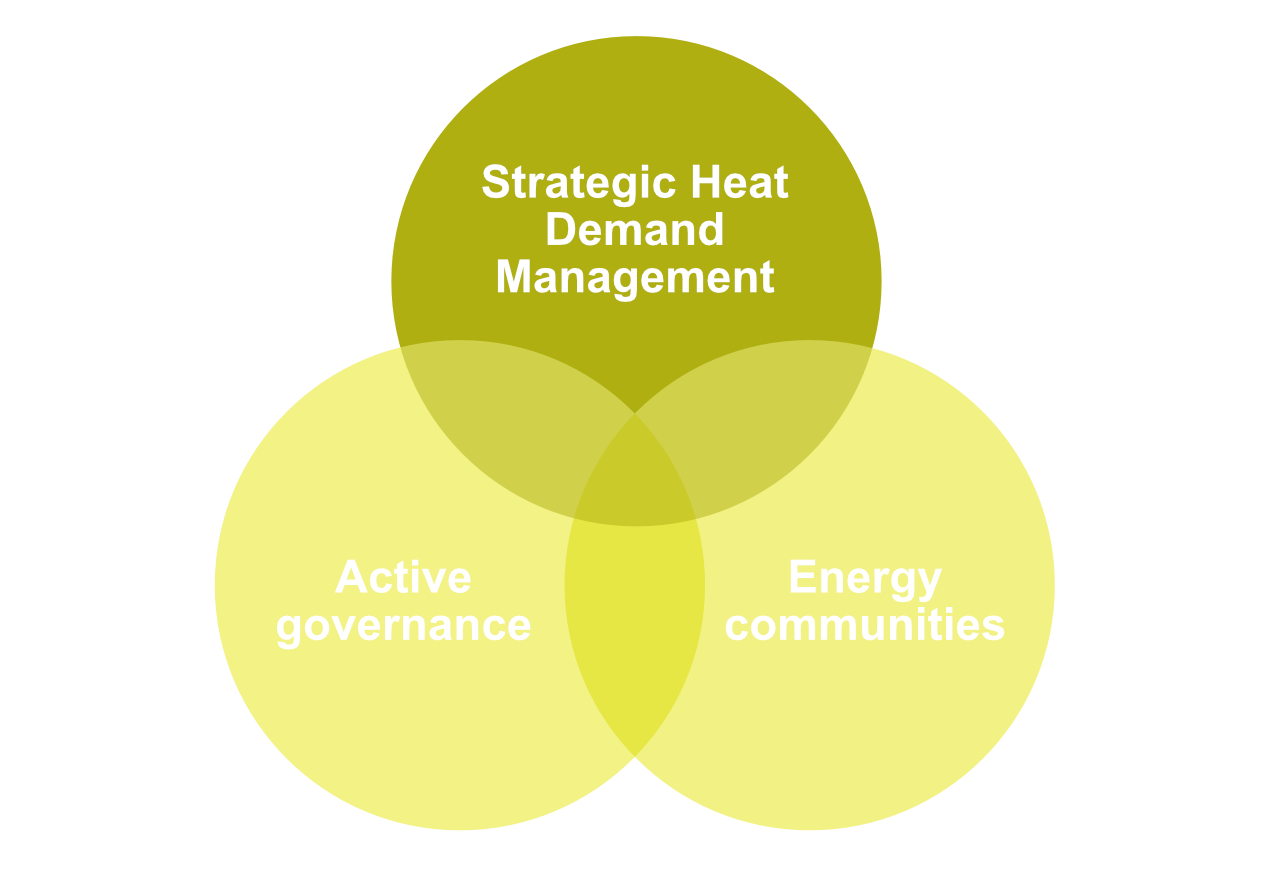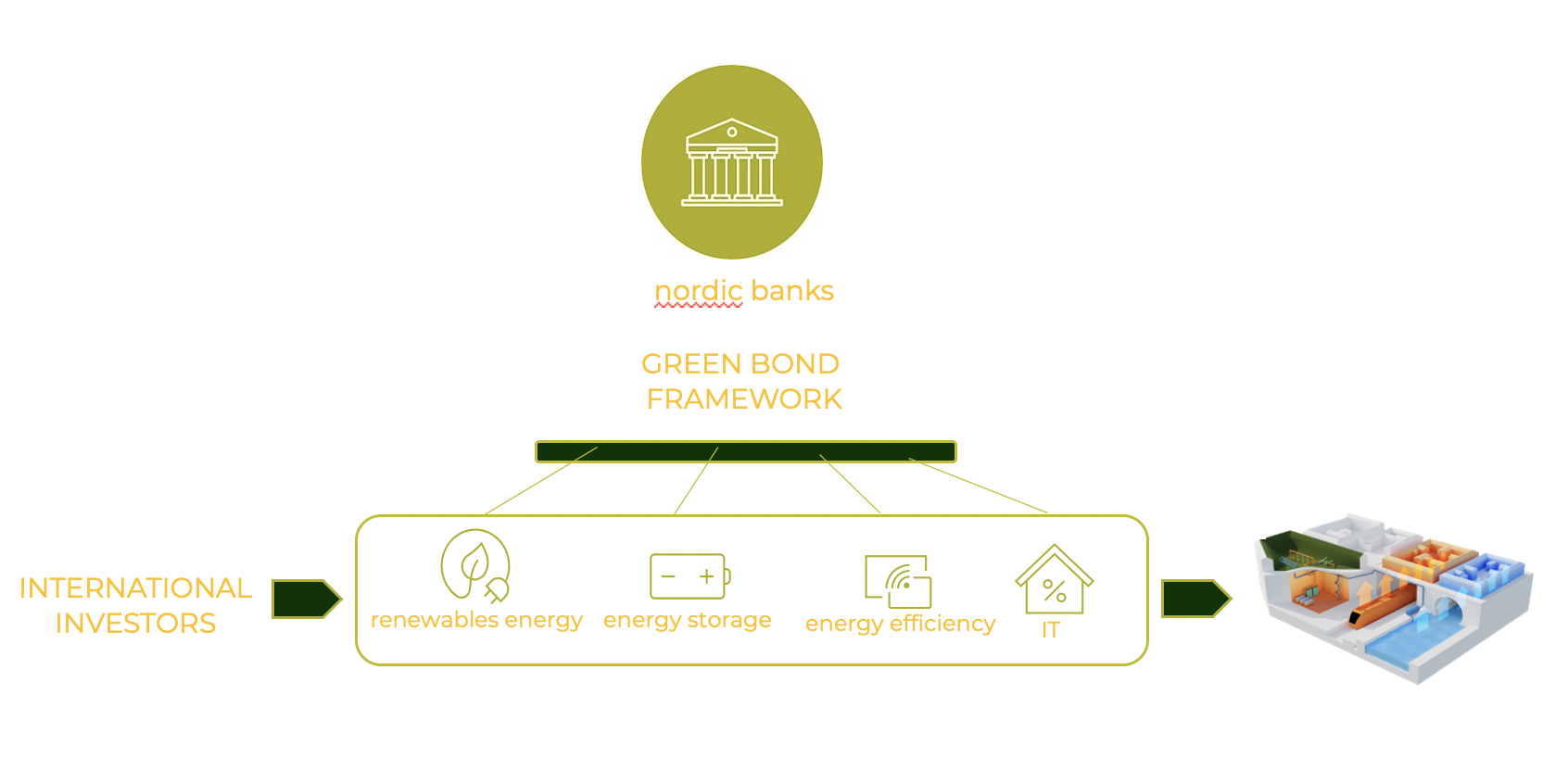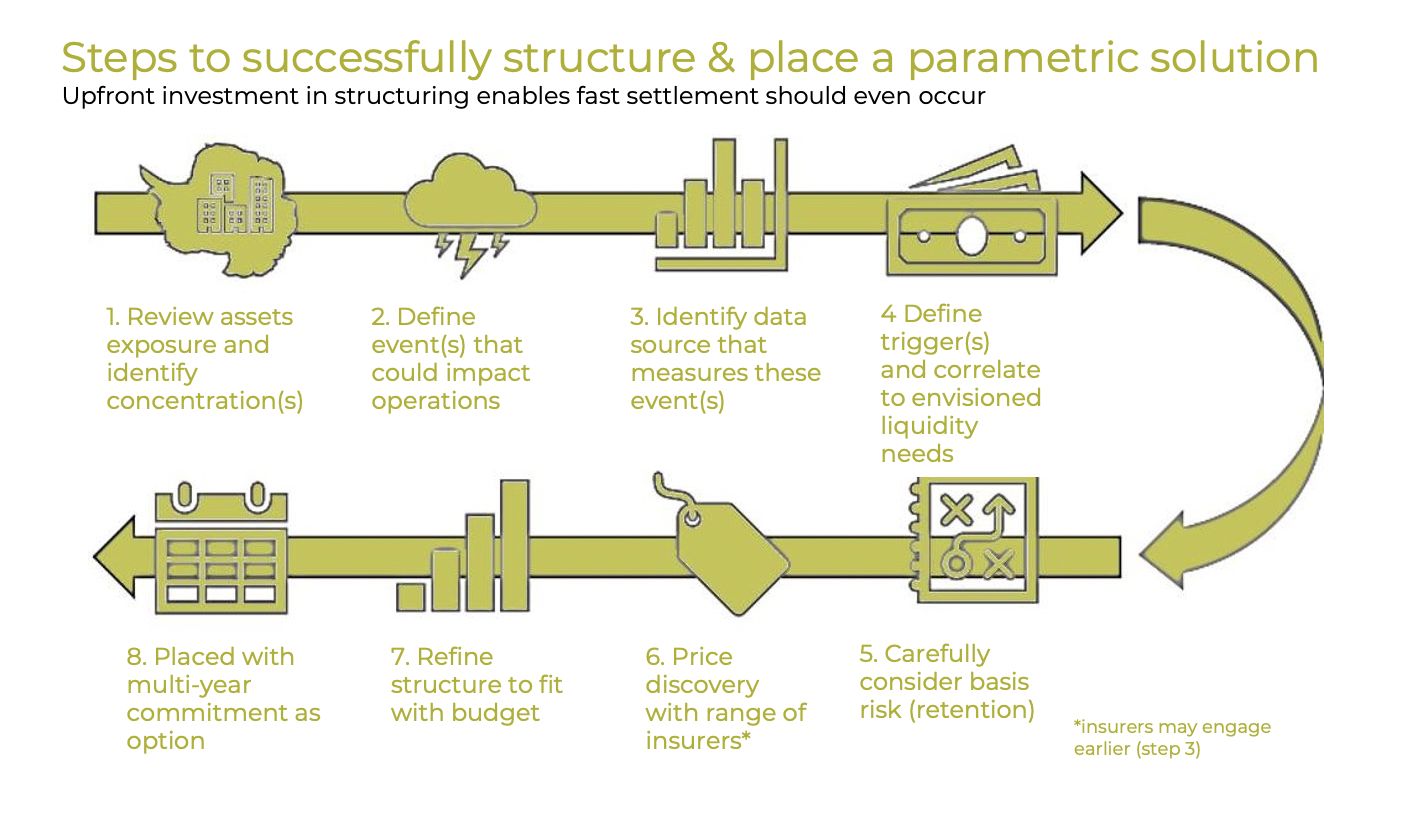Creating the future of heating to fight global warming – A solution that significantly accelerate the cessation of coal use by 2029 and speed up the City of Helsinki’s journey to becoming carbon-neutral by 2035.
Heat production in Helsinki 2018
CHP
Heat 430 MW
Electricity 220 MW
Shut down by 2024
CHP
Heat 300 MW
Electricity 160 MW
Shut down by 2029
Prosumer Heat Network (PHN)
Intelligent upgrade of Helsinki’s district heating net that enables effective transition into a future-proof heating system for the City of Helsinki. With significant fraction of renewable energy sources absorbed by the network through effective grid balancing, distributed energy generation, reduction in consumption and embedding AI-enabled controls and management. PNH is a unique combination of robust Nordic technologies from local markets, a financial structure and an insurance platform. Thus, integrating knowledge, technology and finance will allow Helsinki to show leadership globally.
Network
Expansion of grid with multiple energy sources and heat storage, integrated by de-centralized system/s. An upgrade towards low temperature heating connecting heat pumps to end users, that opens up for a prosumer network with re-distribution and reuse of heat within system. Presenting a flexible and adaptive network open for future innovation.
Integrated decentralized heat generation Helsinki (low temperature heating).
Heat generation
PHN has been planned primarily to reduce greenhouse gas emissions. PHN strategy will allow an instant reduction in GHG emissions. Since the solution is sans fossil fuels, heat and electricity are the only distribution mediums.
Regulating heat demand
PHN incorporates digital platform for demand side analysis and visualization, a cost-effective solution to reduce heat consumption and will further include a citizens-driven innovation platform, to create/manage testbeds/demos for sustainable solutions, engage the local community and cooperate with local business, universities, research organizations in partnership with Helen.
Risk insurance package
Traditional risk transfer solutions are being challenged and expected to do more, faster, when loss-events occur. Solutions are expected to provide cover beyond physical damage and cover any economic interest arising out of the event. In a more censored world where more independent data is collected and quantify then ever before an opportunity exists to leverage this data in structuring parametric solutions. In 2020 the opportunity exists for risk managers to complement their insurance placements with parametric solutions in order to maximize the competitiveness of the business. Having strong liquidity, with flexibility on where it gets applied, post-event will be an enabler for the overall business.
Financial structure
PHN strategy is to engage international investors using Nordic banks for the fulfilment of the solution, to utilize best in class capital and mobilize private investments in public infrastructure, to create a true Public-Private Partnership (PPP). Financial structure innovation will allow cost-effective capital to flow in the infrastructure, for investors to partake in the development of a grid that is flexible and scalable. This is created by multiple investment alternatives within the umbrella fund, to suit needs for different investors and their mandates. A green bond framework to meet most stringent demands on the infrastructure. To engage and reach investors, a virtual visualization of the Plan, technologies and financial platform will be created, for investors to completely see and understand their investment.
